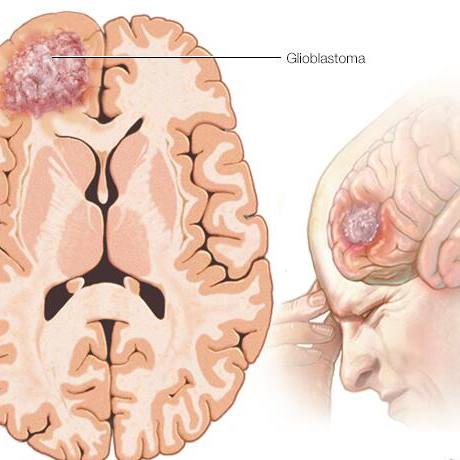-
Cancer
Model Clarifies Immunotherapy for Multiple Myeloma
Using a mouse model of the blood cancer multiple myeloma, scientists at Mayo Clinic in Arizona are once again providing insight that could improve care for cancer patients. The model, validated in 2008, allows researchers to reliably identify drugs that are likely – or unlikely – to work for patients with multiple myeloma.
In the journal Blood Cancer Discovery, senior author Marta Chesi, Ph.D., and her team, led by Erin Meermeier, Ph.D., show that combining different therapies to balance T cell activity and regeneration could prolong overall survival from this disease based on the mouse model.
The researchers used an immunotherapy called "bispecific T cell engaging antibodies" combined with chemotherapy or other immunomodulators. Bispecific-T-cell-engaged-antibodies immunotherapy is similar to a treatment where the patient's T cells are collected, genetically altered to "see" their cancer, then reintroduced into the body. That is called CAR T cell therapy. However, instead of using a patient's T cells, the researchers used a new type of immune system modulating drug-containing manufactured antibodies that stimulate immune cells.
The authors report that the mouse model helped evaluate different ways to combine standard chemotherapies with the antibody drugs. They evaluated toxicity versus benefit and identified one drug that helped keep immune cells functioning for longer, preventing expansion of the disease. With this continuing work, the researchers, including industry partners, hope to improve the field of immunotherapy by providing insight into potential treatments before the clinical trial stage. For a complete list of authors and funding agencies, see the paper in Blood Cancer Discovery.
Read more about the development of this model in "Mayo Mouse Helps Fight Multiple Myeloma."







